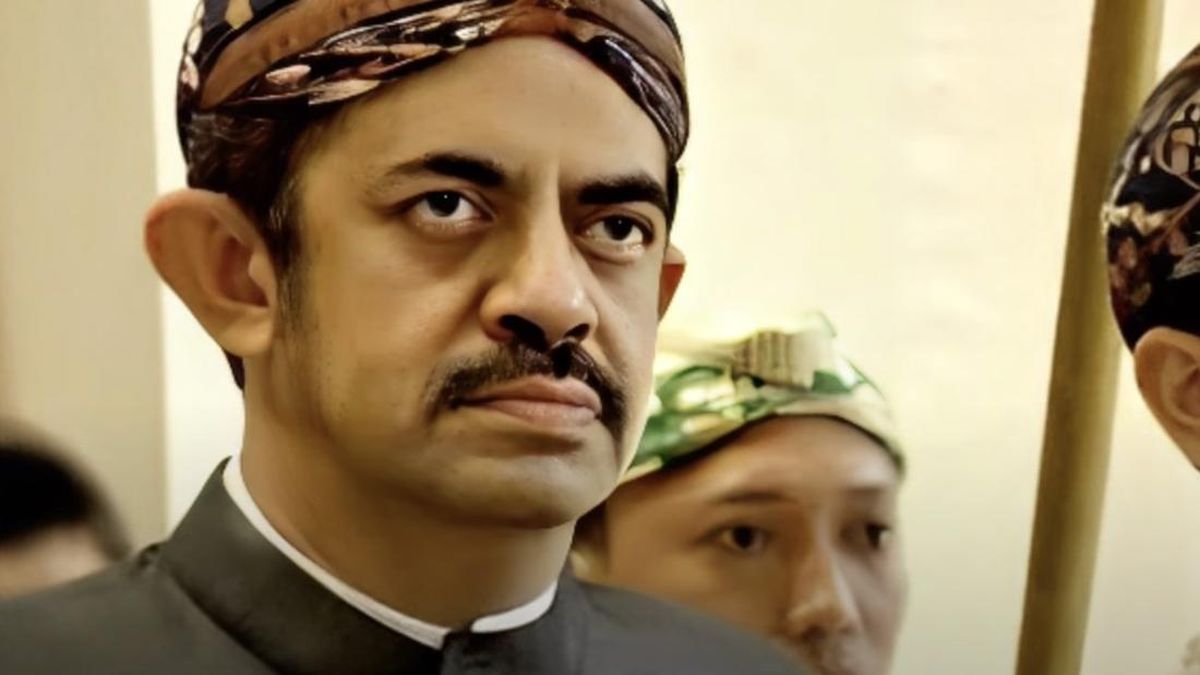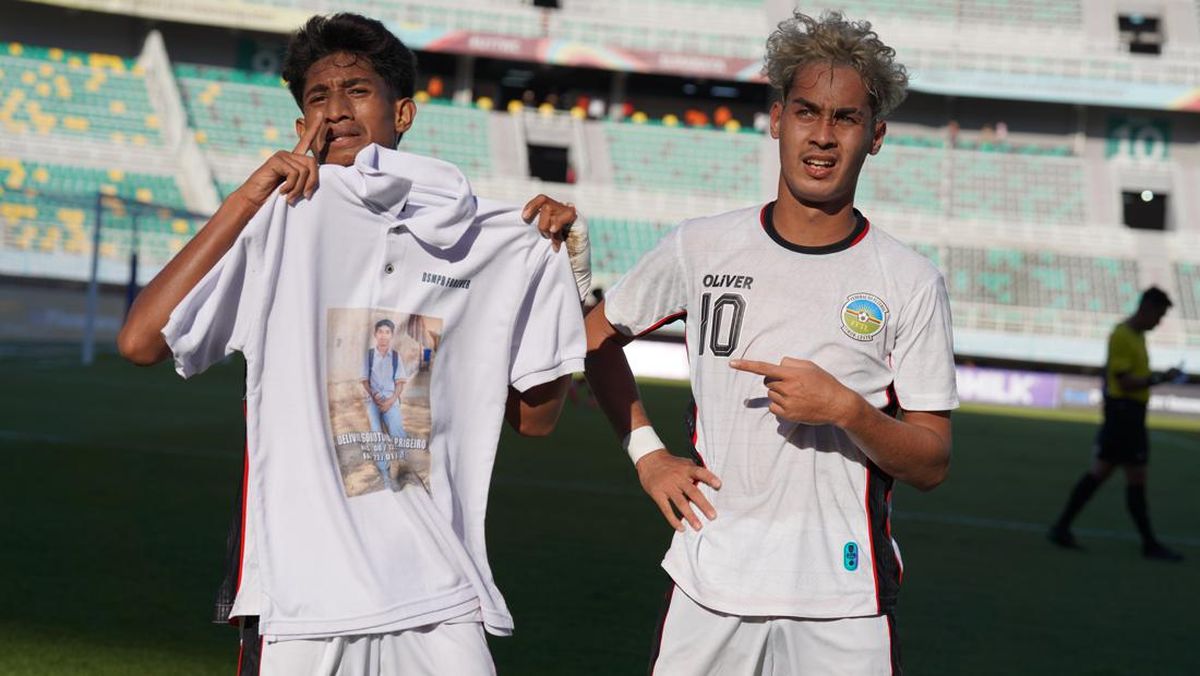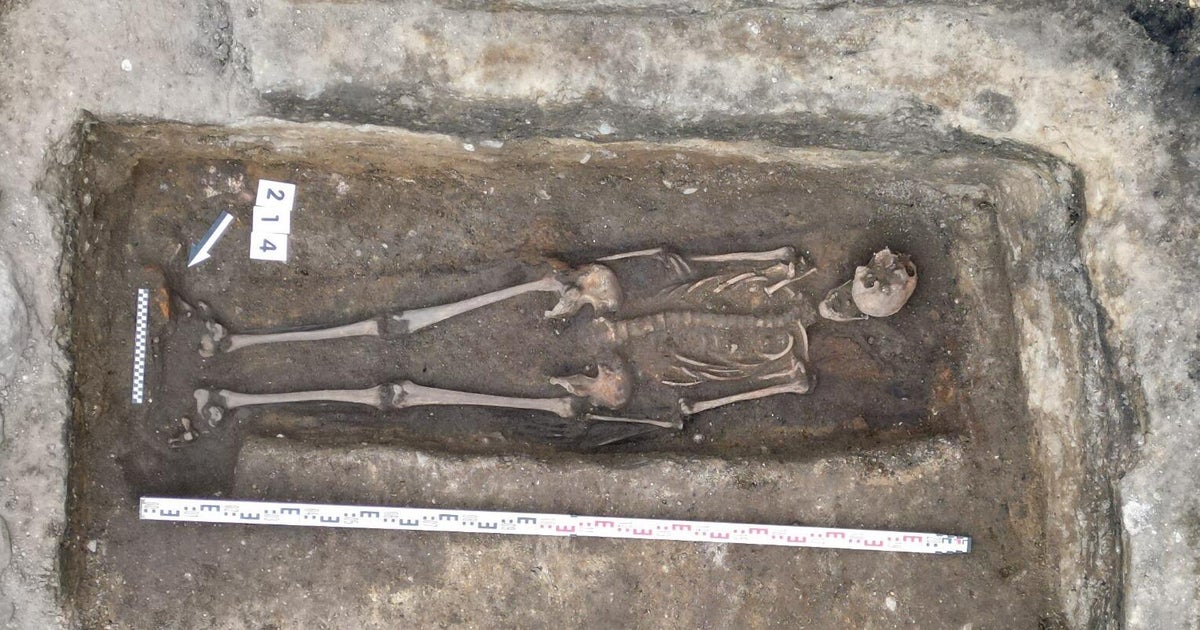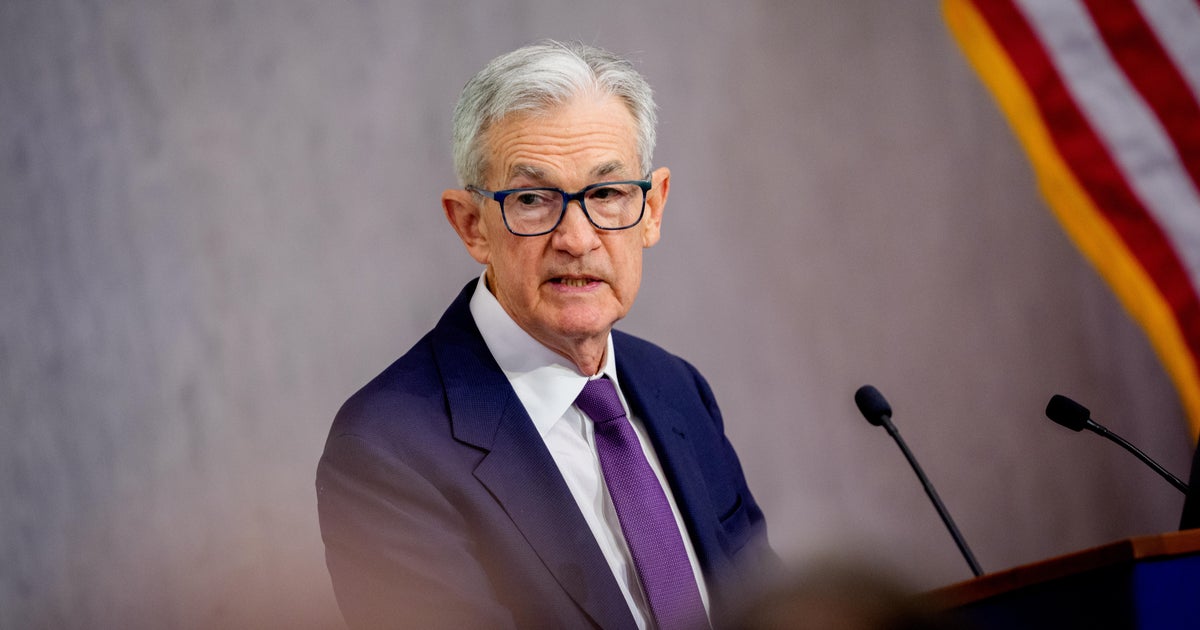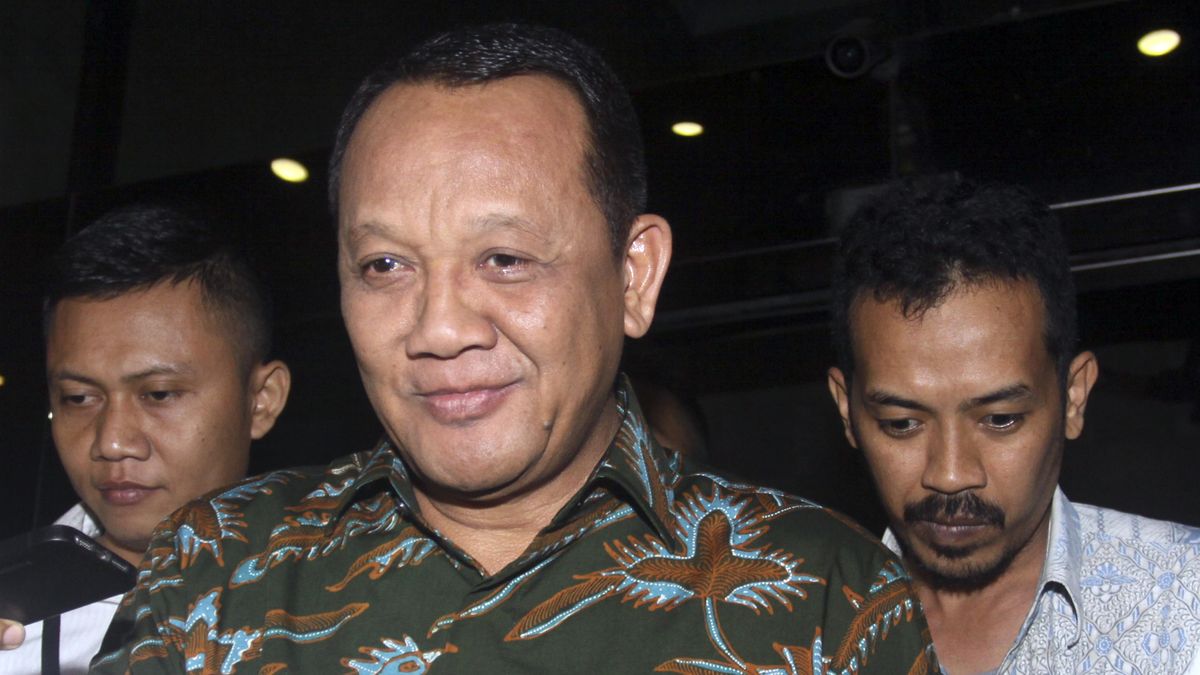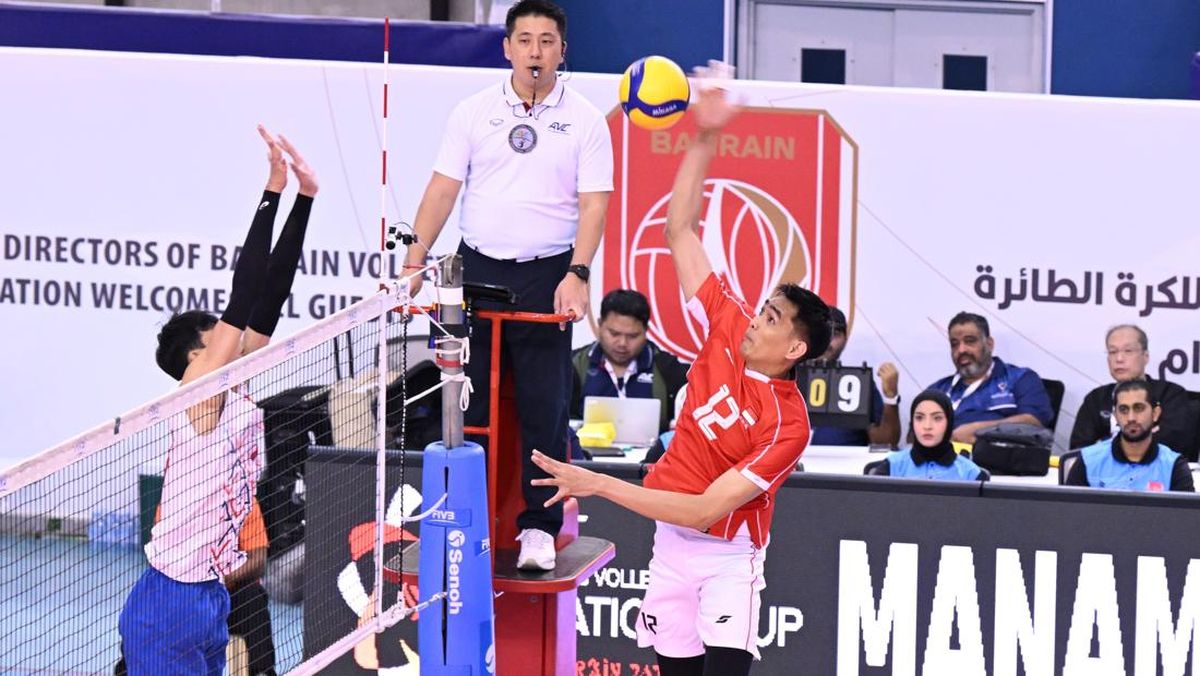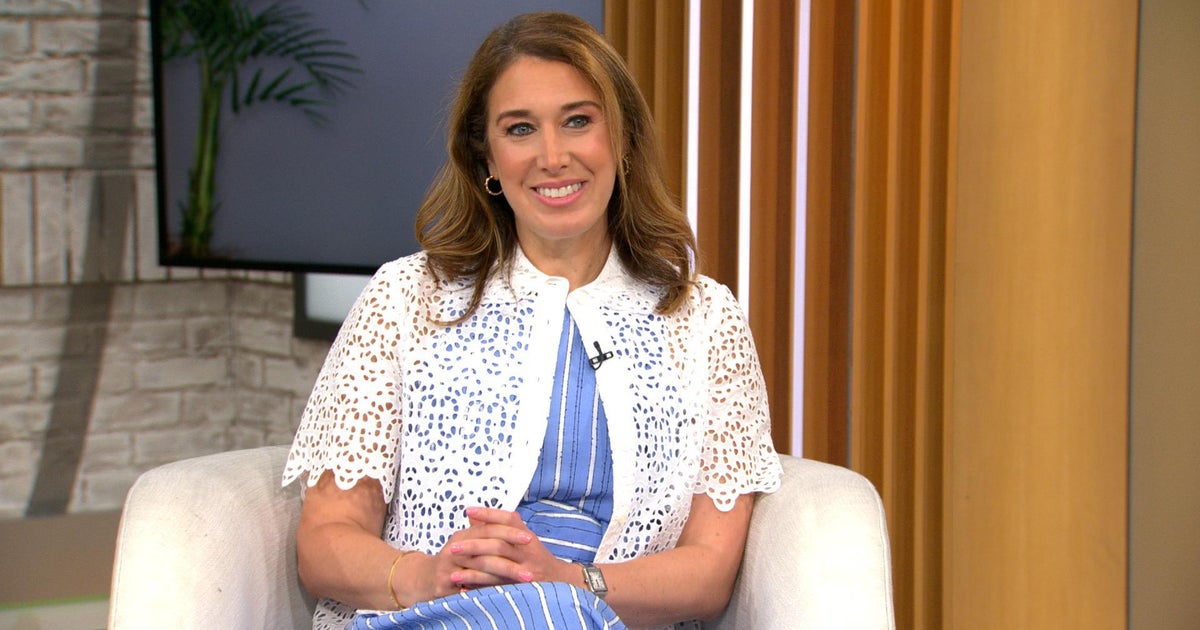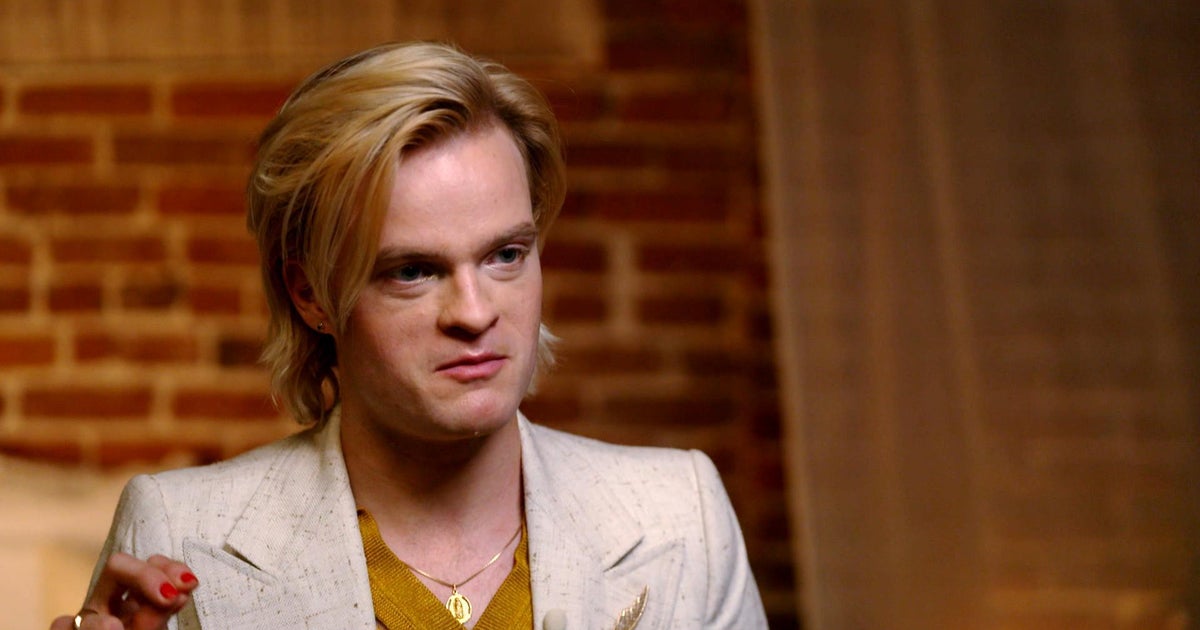Corporate fairytale: How a boy from the bush rose to run world’s third-largest mining giant
The appointment of Simon Trott to lead Australia’s biggest iron ore producer, Rio Tinto, has drawn out plenty of nationalist fervour from the cheap seats – including from billionaire Gina Rinehart.
Federal Resources Minister Madeleine King had also been waving the patriotic flag from the wings since May’s announcement of the controversial departure of Rio’s previous boss, Jakob Stausholm.

Rio’s new boss, Simon Trott.Credit: Matt Jelonek/Rio Tinto
King made no secret of her preference for Trott, or Kellie Parker, a fellow Australian Rio executive and its most senior female, to plant the Australian flag on the multinational miner.
It feels like Trott won the “popular vote” to take on the role of running the $150 billion resources giant with 60,000 employees worldwide.
Trott’s heritage, having grown up on a West Australian wheat farm whose service town, Wickepin, was home to only 400, is enough of a corporate fairytale to stir any boy-made-good sentiments.
He is also something of a Rio lifer, having joined the company in 2000 and worked his way up through the ranks of various divisions before returning to Western Australia as the iron ore chief a few years ago.
The appointment of an Australian punctuates a line of chief executives that hailed from the ranks of global citizens.
But Trott also ticked a vitally important career box. He was not seen as part of the problem, or responsible for, the company’s scandalous blowing up of the culturally important Juukan Gorge caves in 2020, which cost the jobs of three senior executives including Rio’s then chief executive, Jean-Sébastien Jacques, and the boss of iron ore at the time, Chris Salisbury.
For Trott, who replaced Salisbury, it became a career opportunity as he became instrumental in mending the relationship between the company and the local Aboriginal communities in the Pilbara.
Given the size of the iron ore division and its importance to Rio’s profit, Trott became a highly important visible executive who would have enormous exposure to the London-based board and to shareholders.
Being a global mining house, Rio has a shareholder base that reflects its international citizenship, which is unlikely to be concerned about the nationality of its chief executive but who are supportive of Trott’s elevation to the top.

Wishful thinking: Billionaire Gina Rinehart wants Rio Tinto’s headquarters moved to Perth. Credit: Hancock Prospecting
But King and Rinehart (whose own mining company has joint venture iron ore operations with Rio) both sit alongside a wider movement to move Rio’s base from London to Australia, where its iron ore division provides the global miner with its red-coloured cash cow.
However, Rinehart’s desire to have the Rio head office moved to Perth amounts to wishful thinking from Australia’s iron ore queen. Instead, Trott will be relocated to London.
The appointment of an Australian punctuates a line of chief executives who hailed from the ranks of global citizens – the most recent of whom was the Danish Stausholm, who left after speculation he had experienced a falling out with Rio chairman Dominic Barton.
Loading
Stausholm had filled the vacancy left by Frenchman Jacques. He followed Australian Sam Walsh, who had a brief three-year stint in the role after American Tom Albanese was ousted after a series of ill-fated acquisitions left the company with a $14 billion writedown.
Trott will usher in a new phase of Rio’s progress, including productivity improvements on existing operations during a time when the iron ore price is under pressure.
He needs to continue his task of ensuring improvements in the running and the cost base of the Pilbara iron ore engine, but also manage the introduction into the market of ore from the giant Simandou project in Guinea, in which Rio owns a minority stake alongside its Chinese partners.
(This could make the joint venture with Rinehart look like a walk in the park.)
Loading
Additionally, Trott will have to tackle the numerous challenges of Mongolia’s 66 per cent-owned copper and gold mine, which could be one of the world’s top five copper mines if developed to its full potential, at a time when the commodity is expected to be in hot demand.
This involves dealing with the difficult relationship with the Mongolian government with whom the company is still battling over a tax dispute and historical claims of corruption.
And all this needs navigating in the middle of the Trump era of trade upheaval.
Most Viewed in Business
Loading

